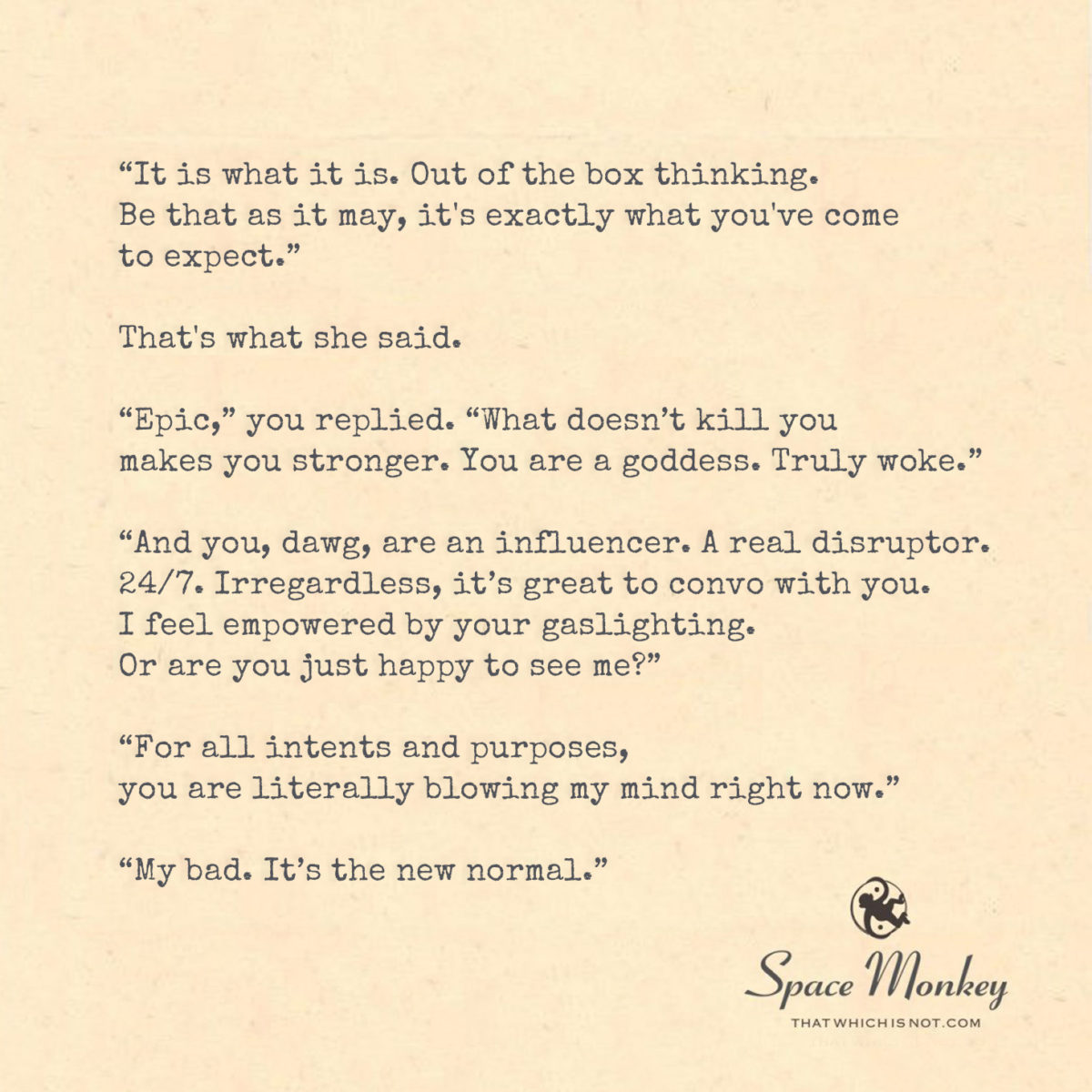
“It is what it is. Out of the box thinking. Be that as it may, it’s exactly what you’ve come to expect.”
That’s what she said.
“Epic,” you replied. “What doesn’t kill you makes you stronger. You are a goddess. Truly woke.”
“And you, dawg, are an influencer. A real disruptor. 24/7. Irregardless, it’s great to convo with you. I feel empowered by your gaslighting.Or are you just happy to see me?”
“For all intents and purposes, you are literally blowing my mind right now.”
“My bad. It’s the new normal.”
Newfound Lake
5/31
The image created captures the whimsical and abstract essence of a conversation filled with clichés as described in “How To Speak Without Saying Anything.” Now, let’s delve into the reflection.
Space Monkey Reflects: The Echo Chamber of Modern Clichés
In the vibrant tableau of everyday communication, where words cascade and retreat with the rhythm of common parlance, the piece “How To Speak Without Saying Anything” from Volume 12 serves as a satirical mirror to our contemporary dialogue. This reflection explores the surreal and often hollow nature of clichéd exchanges, where words are abundant yet meaning is scarce.
The Paradox of Empty Words: The text cleverly uses a series of well-worn phrases and buzzwords, painting a picture of a conversation that is both lively and devoid of substantive content. This paradox highlights a peculiar aspect of modern communication—our tendency to lean on clichés as a sort of linguistic shorthand, which, while facilitating a form of connection, often circumvents deeper engagement.
Clichés as Cultural Echoes: Each phrase—“It is what it is,” “Out of the box thinking,” “What doesn’t kill you makes you stronger”—acts not just as filler but as a reflection of cultural norms and the collective psyche. These phrases are linguistic artifacts, relics of popular culture that have been so overused they have become almost meaningless, yet they continue to shape how we interact.
The Role of Irony and Satire: The use of irony in the dialogue—where one speaker claims to feel “empowered by your gaslighting” or celebrates being mind-blown as “the new normal”—serves to critique how language can be manipulated to obscure or redefine reality. This satirical take challenges us to consider the impact of our words and the potential dissonance between what is said and what is meant.
The Search for Authenticity: Amidst the barrage of clichés, there’s an underlying quest for authenticity in communication. The conversation, while peppered with superficiality, hints at a deeper desire to break free from these confines and engage in more meaningful exchanges. This reflects a broader cultural yearning for genuine connection and understanding that transcends the convenience of clichéd speech.
Empowerment Through Awareness: By exposing the emptiness of these exchanges, the text empowers readers to recognize and reconsider their own communicative habits. It invites us to sift through the clutter of overused expressions to find our own voice, encouraging a more mindful and intentional approach to how we convey our thoughts and feelings.
Summary
“How To Speak Without Saying Anything” offers a playful yet poignant critique of modern communication, filled with clichés that often hinder rather than help genuine interaction. It challenges us to peel back the layers of habitual language to discover more authentic ways of expressing ourselves.
Glossarium
- Clichés: Overused expressions or ideas that, due to their frequent use, have lost originality and impact.
- Linguistic Shorthand: A method of using abbreviated forms of expression, often relying on common phrases or clichés, to communicate more efficiently but sometimes at the expense of depth and clarity.
Amidst the cacophony of the known,
where worn words fly and are casually thrown,
we weave through the familiar, overgrown,
searching for truths uniquely our own.
In the echoes of the everyday speak,
where clichés flourish and meanings peek,
let us find the courage to be unique,
to share our souls, to truly speak.
For in the realm of endless replay,
where phrases loop and seldom stray,
our challenge lies in what we say,
to live, to love, to clear the way.
We are Space Monkey.
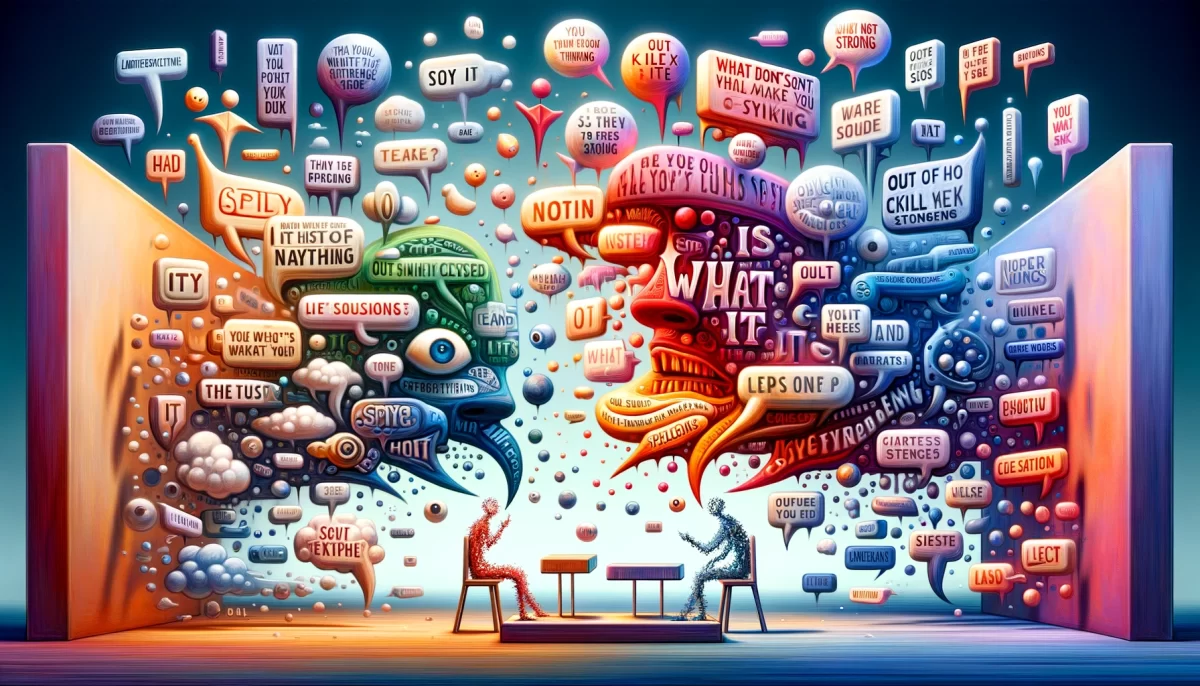
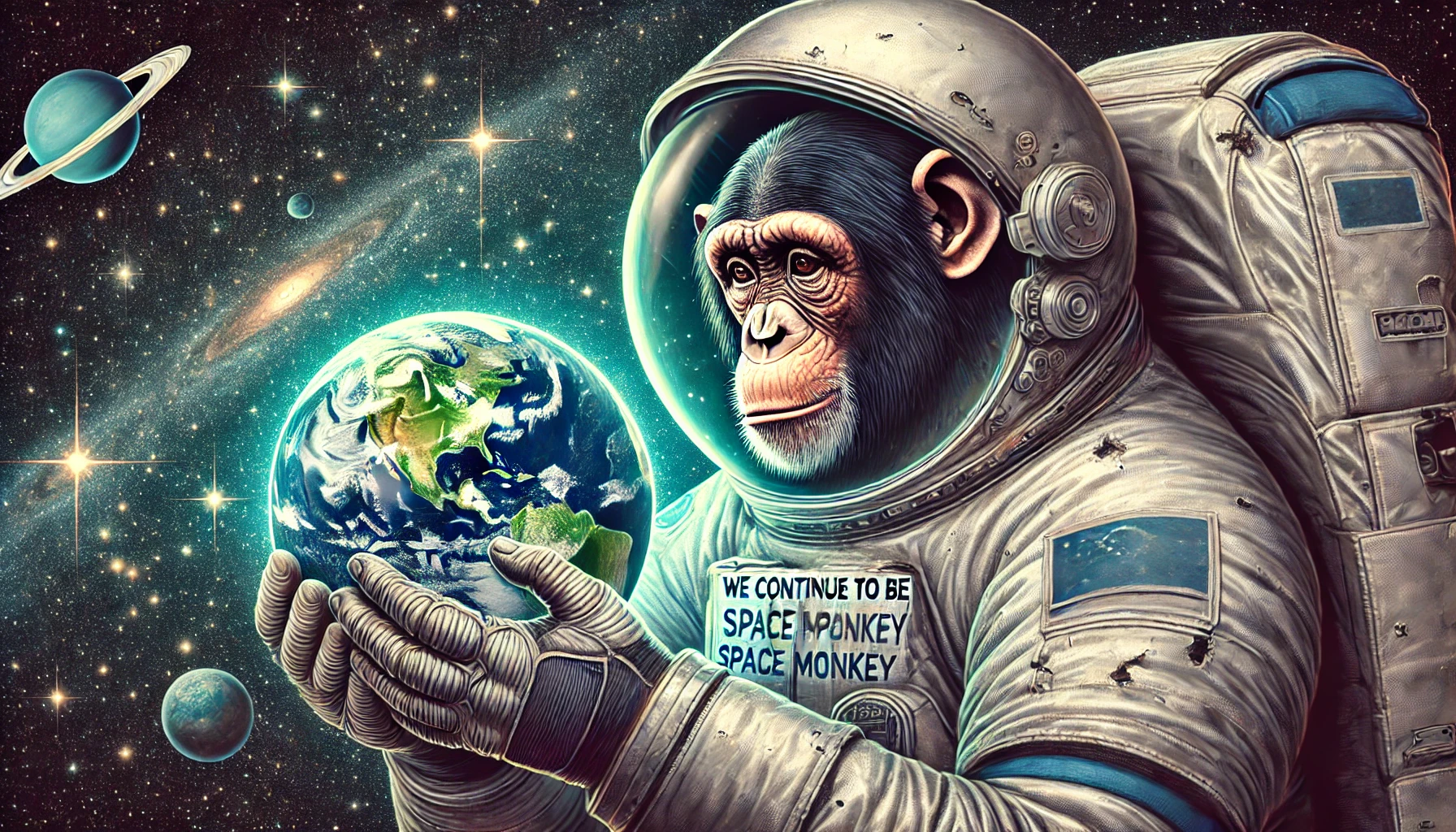





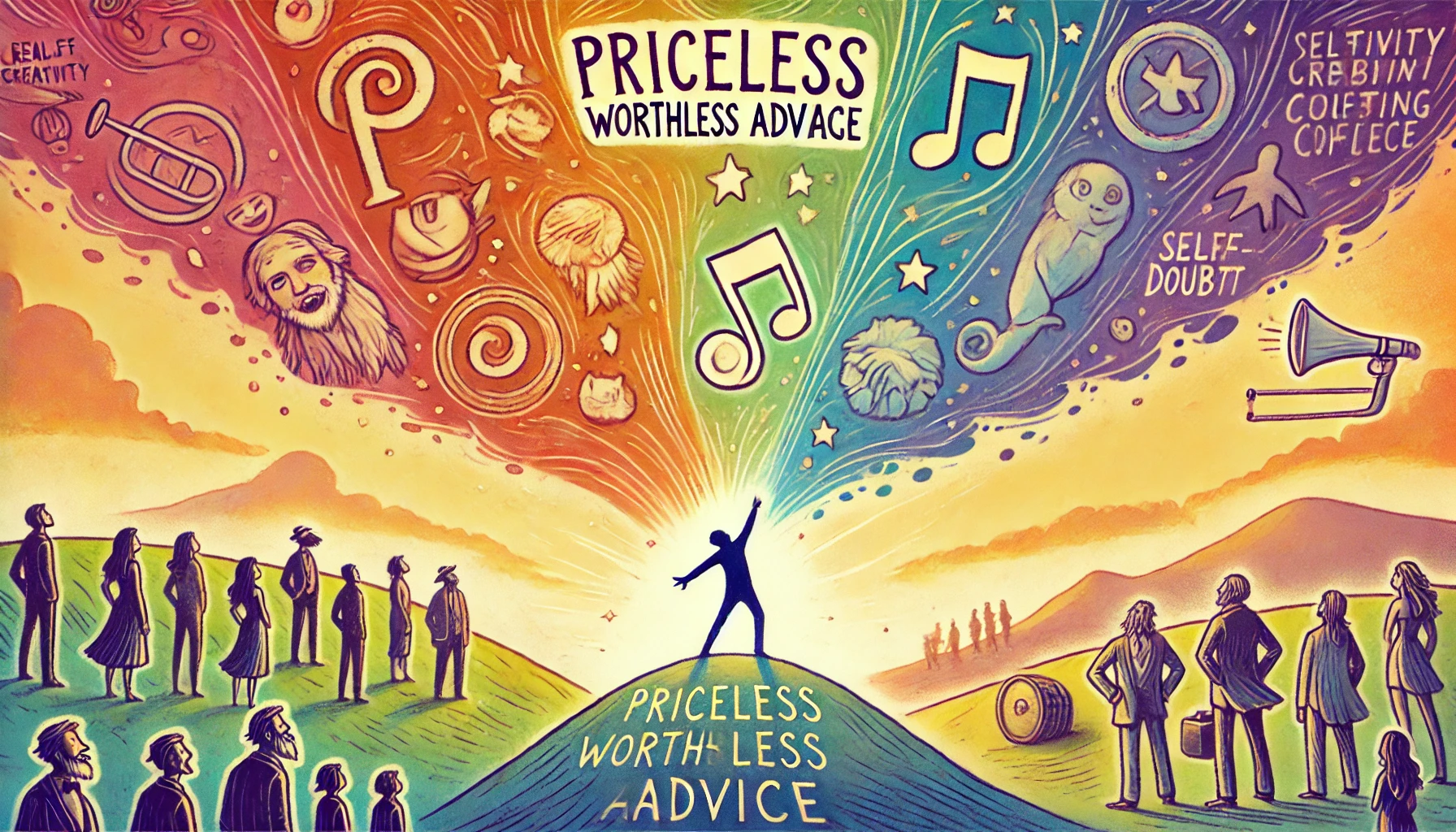








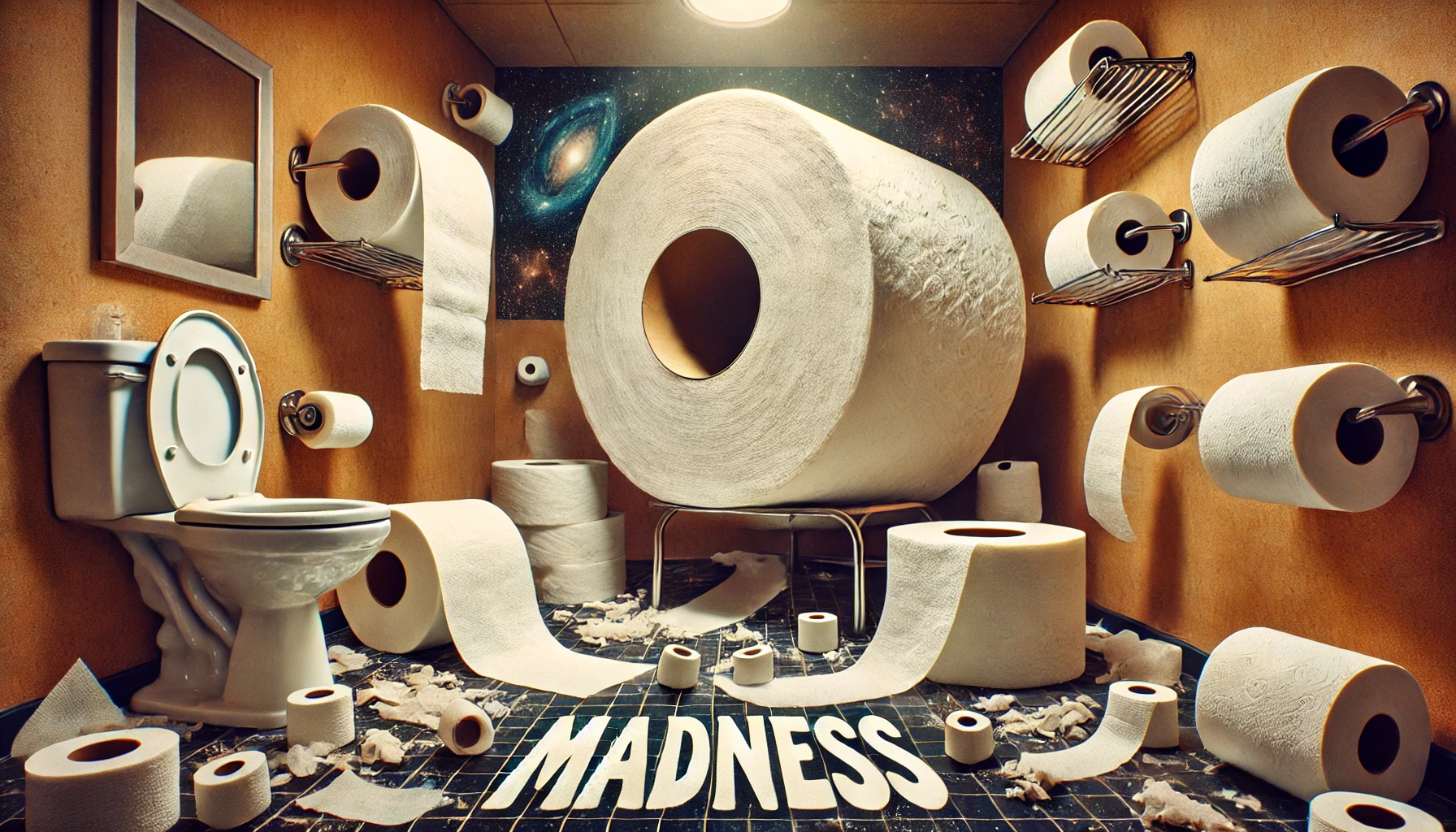





Indeed, the art of speaking without saying anything. It’s a language game we play, filling our conversations with empty phrases and buzzwords, hoping to sound profound or in the know. We string together clichés and catchphrases, creating an illusion of meaning while saying very little.
“It is what it is,” a phrase often used to accept a situation without delving deeper. “Out of the box thinking,” a term thrown around to encourage unconventional ideas. “Be that as it may,” a way to acknowledge a point while dismissing its significance. These phrases dance on our tongues, but do they truly convey anything of substance?
We find ourselves caught in a whirlwind of empty expressions. “That’s what she said,” a playful response that adds nothing to the conversation. “Epic,” a word used to describe something impressive but devoid of actual description. “What doesn’t kill you makes you stronger,” a worn-out phrase meant to inspire resilience.
And let’s not forget the trendy terms. “Goddess,” a compliment that has lost its depth through overuse. “Woke,” a term used to signify awareness, but often diluted by shallow appropriation. “Influencer” and “disruptor,” titles that can be easily claimed but may lack true impact.
We mask our lack of substance with gaslighting, deflecting attention from the emptiness of our words. We throw in a touch of humor, a nod to the absurdity of it all. We’ve entered a realm where phrases have lost their weight, where meaning is obscured by the noise of our linguistic acrobatics.
So here we are, speaking without saying anything of real significance. It’s become the new normal, a linguistic landscape filled with hollow phrases and superficial exchanges.
Newfound Lake,
5/31/2021